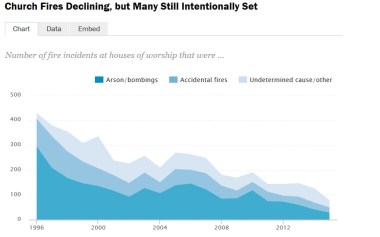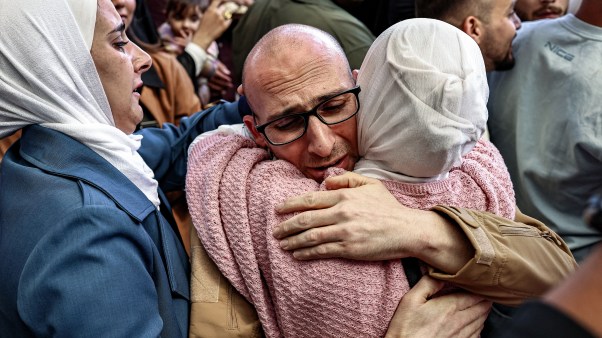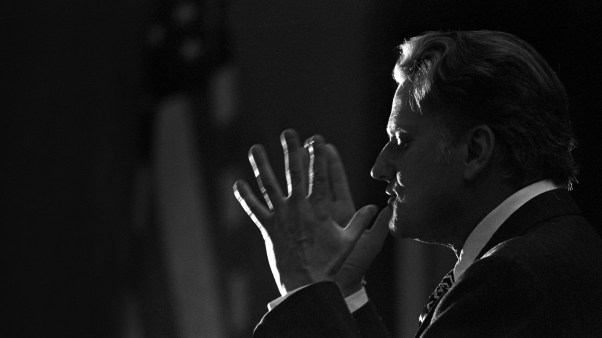At least half of all fires at churches or houses of worship in the last 20 years were arson, including 29 so far this year, according to Pew Research.
While the number of church fires has declined in recent years, many are still intentionally set. That sets church fires aside from other kinds of blazes.
For example, in 2013, only about one in ten nonresidential fires—and one in twenty residential fires—were caused by arson.
Church arson is more common. From 2010 to 2014, there were about 74 church arson per year or “48% of all church fires,” reported Pew. So far in 2015, there have been 79 fires at house of worship—29 arsons, 21 accidental, and 29 of undetermined cause.
“Anytime there is a house of worship involved in a fire, ATF is automatically assigned to look into the cause,” said agency Special Agent Tom Mangan with Bureau of Alcohol, Tobacco, Firearms, and Explosives in news reports concerning a major fire at Mount Zion African Methodist Episcopal Church (AME) in Greeleyville, South Carolina, on June 30.
Less than a week later, investigators determined lightning caused the blaze that destroyed the historic African American church building.
But after the Charleston church shooting in June, a series of fires at black churches—including at least two cases of arson—caused officials to ask whether history was repeating itself. Back in 1995, two members of the Ku Klux Klan torched the same Mount Zion AME church. They pleaded guilty to arson and the court sentenced them to 20 years in prison. The arson was part of a surge in church burnings that led to passage of the Church Arson Prevention Act in 1996.

Since the law was passed, the ATF has investigated the origin of all reported fires at houses of worship for possible arson. The motivation for an arson is not always clear. But there are many instances where racism, religious hatred, or vandalism play a big factor. African American churches are more frequently targeted than other houses of worship. The ATF's results have been reported to a national database of church fires.
Between 1996 and the first half of 2015, there were:
- 4,705 fires at religious sanctuaries—that would include churches, temples, mosques, and synagogues.
- 2,378 fires (or bombings) that were intentional, or arson.
- 296 fires (or bombings) in 1996, the largest number in any one year.
Since 1996, incidences of arson at houses of worship have declined 86 percent. The first recorded arson of a black church occurred in South Carolina in 1822. In December 2000, CT published a report on one of the worst cases of serial church arson in American history. Jay Scott Ballinger, a self-described “missionary of Satan,” was “sentenced to 42 years in prison for arson attacks at more than two dozen U.S. churches in the mid- and late-1990s.”
A prominent church leader said Christians should not despair when arson or other disaster strikes.
“We [are] reminded of exactly how the Kingdom of God operates,” said AME Senior Bishop John R. Bryant in a statement on July 1. “God has always done His best work out of crucible—out of fire, out of pain. The Bible puts it this way that He is light and darkness cannot put out the light.”










